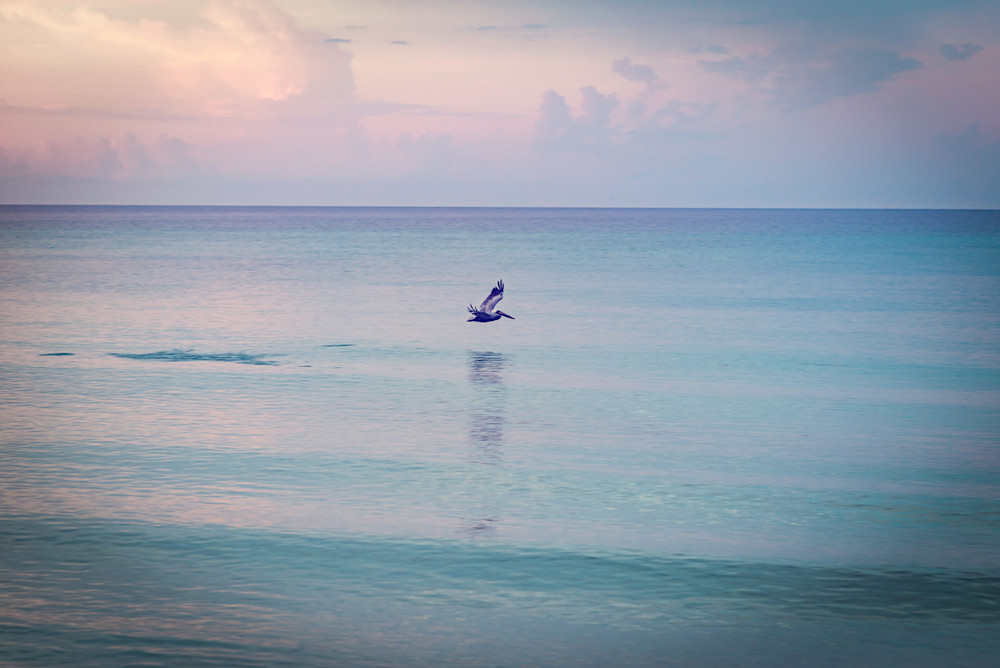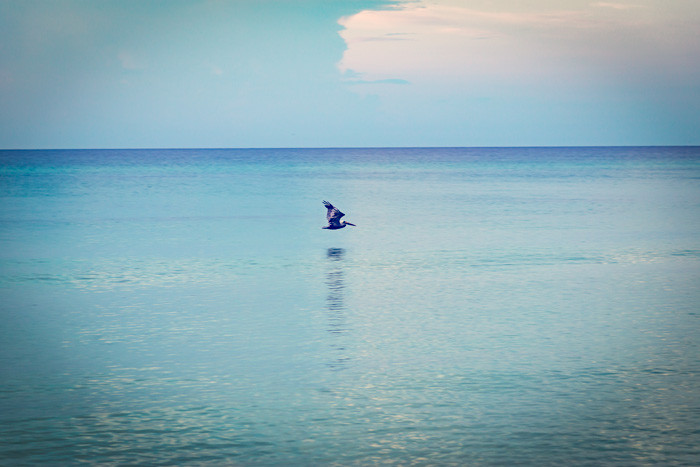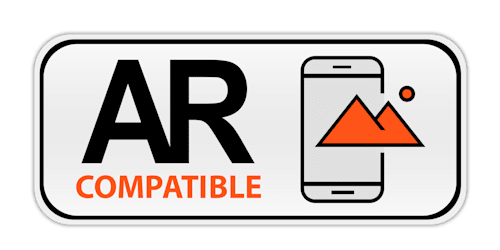Pushing My (Back) Buttons!
Jan 16, 2019
 Back-Button Focus
Back-Button Focus
It was a Destin morning, beautiful, hot, and still. The distant clouds made the perfect backdrop. There were a couple of pelicans out, taunting me to capture them...just right, and in focus.
I'm going to go out on a limb here and say that most photographers struggle with auto-focus at some point. Or, maybe it's just me. But, from what I hear when I'm out shooting in groups, sharp focus, or the lack thereof, is a thing for lots of photographers.
I've spent a lot of time reading through the owner's manual of my Nikon D610. I've spent a lot of time on the pages that deal with focusing.
DSLRs are mini-computers, like our phones and everything else these days. I'm not sure why focus seems so complicated. And, again, maybe it's me. But, I've struggled with focus on and off for the last few years.
Funny thing is, when I got my first SLR at 17, I didn't struggle with focus at all. And back then, focus was ALL MANUAL. No auto-focus. I had to focus every single shot. I remember purchasing a motor drive for my Pentax so I could shoot continuously.
Back then, you had to manually advance the film. The motor drive did that for me so I could shoot faster. But I still had to manually focus every single shot. Of course, once focus was set, if I didn't change the distance from my subject, I was good to go.
Whew, talk about burning through film. I loved that motor drive, but I went through film fast!
That's one of the things I love about digital.
I can shoot as much as I want and delete the photos I don't like. But, I do think learning photography on the SLR using film was a plus. It taught me to carefully frame each shot. It taught me to watch my settings and make sure my lighting was good. And with manual focus, I learned how to capture things tack-sharp.
Taking that knowledge into the digital world has been priceless. I know what to do, but I can push the boundaries so much more without feeling like I'm wasting precious film and money.
But What About Back-Button Focus?
I digress. For anyone dabbling in photography and having trouble with focus, I want to offer some words of advice and encouragement.
Take time to understand your camera. Read about its auto-focus system. And when you're done reading about it, read it again, or not. If you're technically minded, one reading might do it. If you're like me, you might need to read it three times or ten!
Once you understand how your auto-focus system works, set your camera up for back-button focus.
I know, I know...you just got used to shooting with it the way it is, why change?
I set my Nikon up for back-button focus a few years ago, and I never looked back. It took me a day or two of shooting to get used to it. I could never imagine using the shutter button for focusing now.
Once you separate the shooting function from the focus function, it makes things so much easier.
The first thing I did after getting my Sony a6000 was to watch a tutorial about the camera and set it up for back-button focus.
The Benefits of Back-Button Focus
The above photo of the pelican?
Back-button focus.
I'm not sure I could have gotten that photo so sharp and in focus without it. With back-button focus, you hold the focus button down until you get focus. Then you let go of the button, and it stays in focus while you push the shutter button.
Or, in the case of the pelican, you hold the focus button down and track the subject and shoot the photo while your finger is still on the focus button focusing on your subject.
This means you're taking the shot and focusing simultaneously. No more losing the shot in the moment it takes to push the shutter button.
Focusing with only the shutter button requires holding the button half-way down until the camera focuses and then all the way down to take the photo.
With back-button focus, you'll use two fingers. It sounds harder at first, but believe me, you'll get used to it quickly. Your finger can rest on the shutter button until you're ready to take the shot.
In the above shot, the pelican's wings are slightly out of focus, because he was moving, and I took the shot at 1/160th, f/5. I would have needed to take the photo at around 1/500th to get the wings in focus. But it was early morning, the light was amazing, and I wanted my ISO low for high quality. I couldn't get the photo with the shutter speed any higher or it would have been too dark.
The pelican's body and beak are perfectly in focus.
Unfortunately, to keep my website from getting bogged down, I exported this photo small. If you zoom in, it'll look pixelated. But, the pelican is in focus. Because I don't shoot a lot of wildlife and moving objects, I attribute my ability to catch this to back-button focus.
If you're struggling with focus, don't get discouraged.
A lot of professional photographers struggle with focus.
And remember that aperture plays a part. If you're wide open at 1.8, it's going to be hard to get anything but one small spot in focus. Anything that's not on the same plane you're focusing on will be out of focus.
On the other hand, stop down to 5.6 or 7 and you'll get better focus.

In the second photo, the entire bird is in focus. I lucked out and caught it just when the bird wasn't moving its wings for a moment.
There you have it, my photo advice for the day!
If you've never tried back-button focus, give it a try. You can always change it back if you don't like it.
Search "Back-button focus + (your camera make and model)." It'll only take a few minutes to set it up. Once you try it, I doubt you'll go back, especially if you're shooting a lot of moving subjects.
Hope you're staying warm wherever you are!
And see you between the raindrops!
xoxo,
Susan
And...a big happy birthday to my DIL, Kristen!





